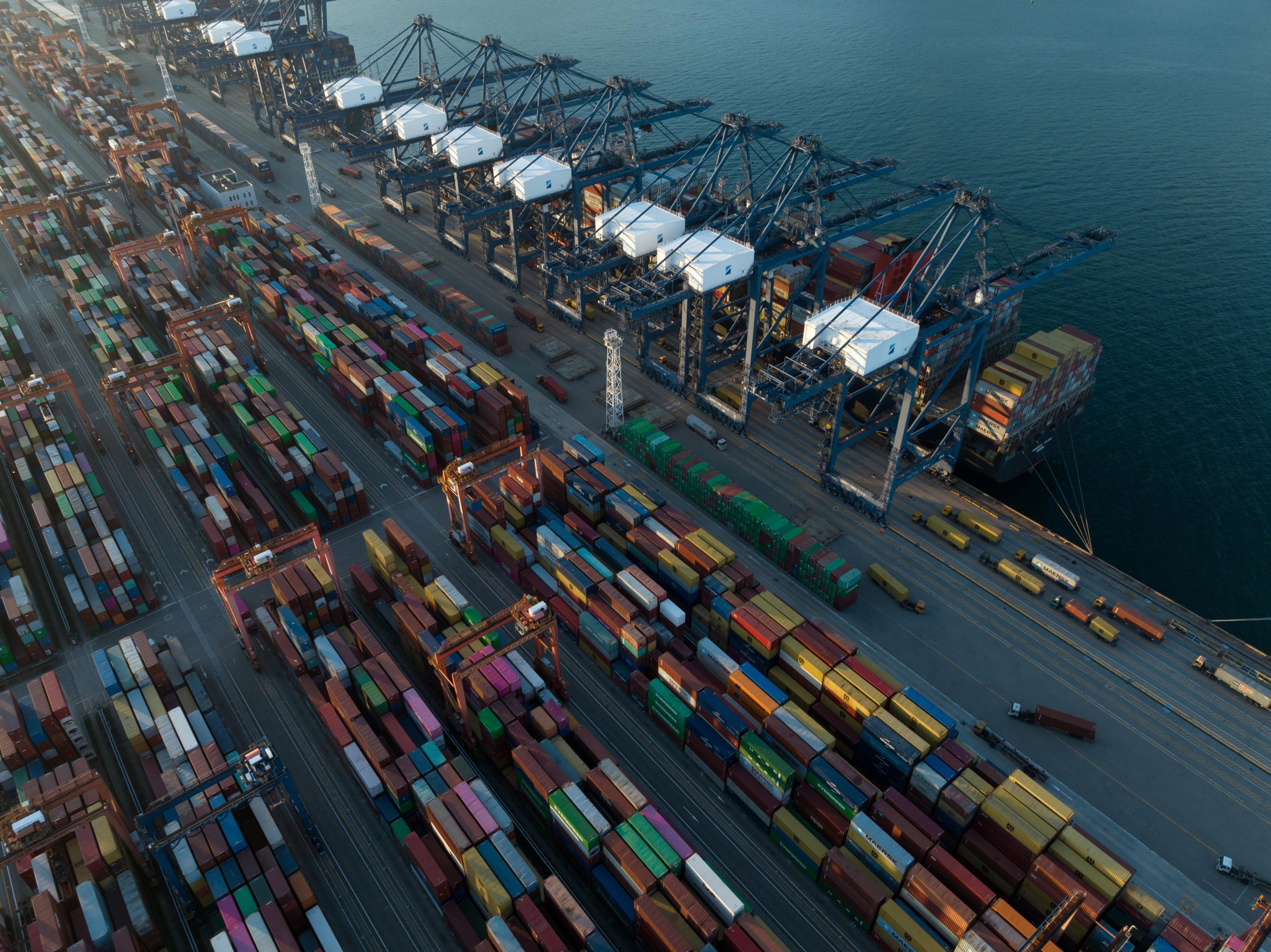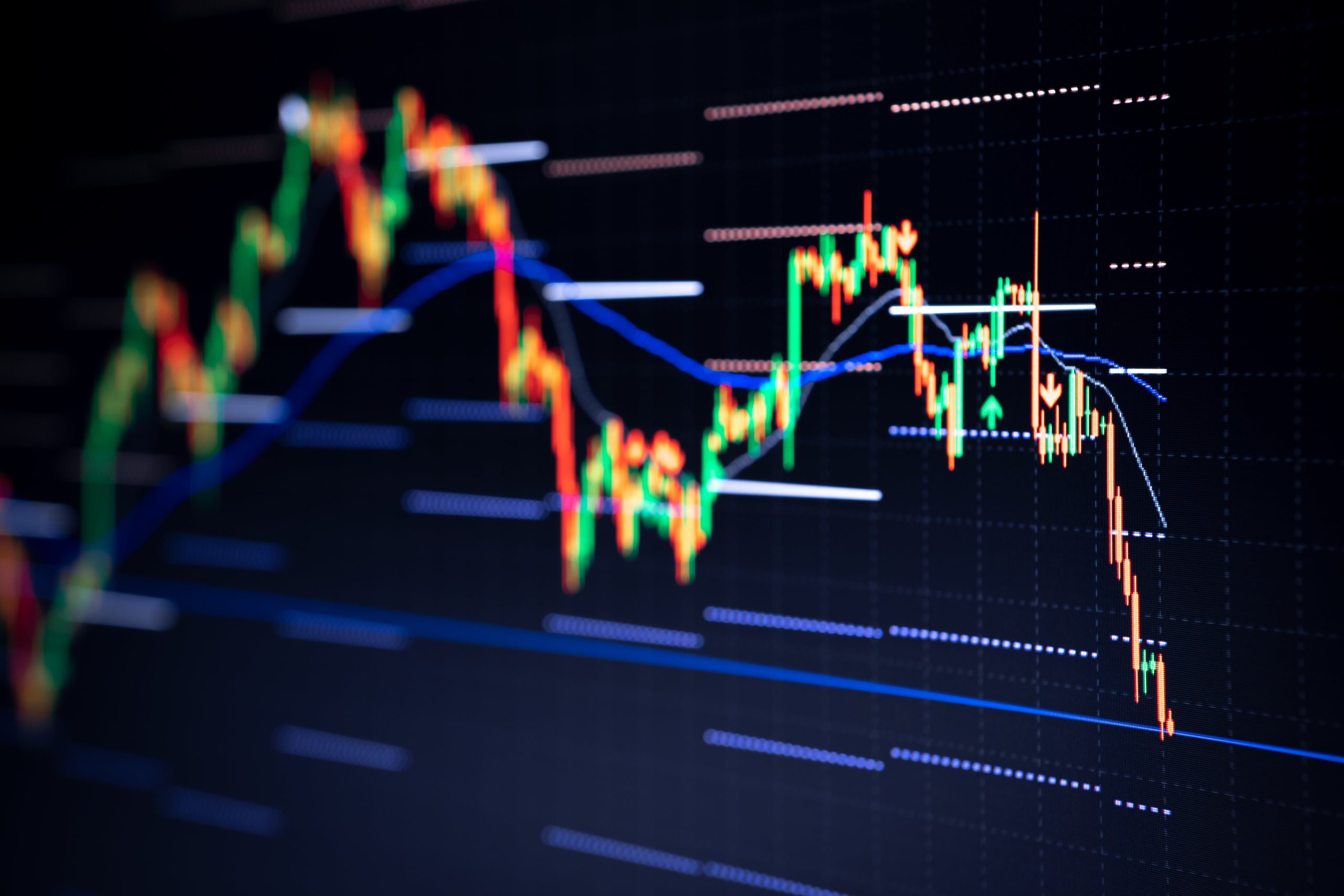The East Asia-Pacific region continues to demonstrate remarkable economic resilience, outperforming many other global markets. However, as highlighted by the World Bank, sustaining this growth and creating new jobs will necessitate ambitious reforms. This commentary delves into the region’s current economic landscape, the key drivers behind its performance, and the necessary steps moving forward.
Current Economic Performance
Despite facing global uncertainties, East Asia-Pacific has maintained a robust economic trajectory. Factors contributing to this success include:
- Strong Trade Links: The region is heavily integrated into global supply chains, which has supported its recovery post-pandemic.
- Investment in Technology: Countries like South Korea and Singapore have made significant strides in technology and innovation, bolstering their economic output.
- Consumer Demand: A growing middle class in countries such as Indonesia and Vietnam has spurred domestic consumption, further driving growth.
Challenges Ahead
While the outlook remains positive, several challenges threaten to undermine this momentum:
- Global Economic Slowdown: Ongoing geopolitical tensions and inflationary pressures could dampen demand for exports.
- Job Creation: The need for new jobs is pressing, particularly as automation and digitalization transform traditional industries.
- Policy Reforms: To sustain growth, countries must implement reforms that enhance productivity and competitiveness.
Implications for Investors
For traders and investors, the East Asia-Pacific region presents both opportunities and risks. Key considerations include:
- Monitor policy changes and reforms that could impact economic performance.
- Evaluate sectors benefiting from technological advancements, such as renewable energy and e-commerce.
- Be cautious of geopolitical risks that could affect trade dynamics.
In conclusion, while East Asia-Pacific showcases strong economic resilience, the path forward requires strategic reforms and careful navigation of global uncertainties. Investors should remain vigilant and informed about the evolving landscape in this dynamic region. The World Bank’s insights underscore the importance of proactive measures to ensure sustained growth and development.



